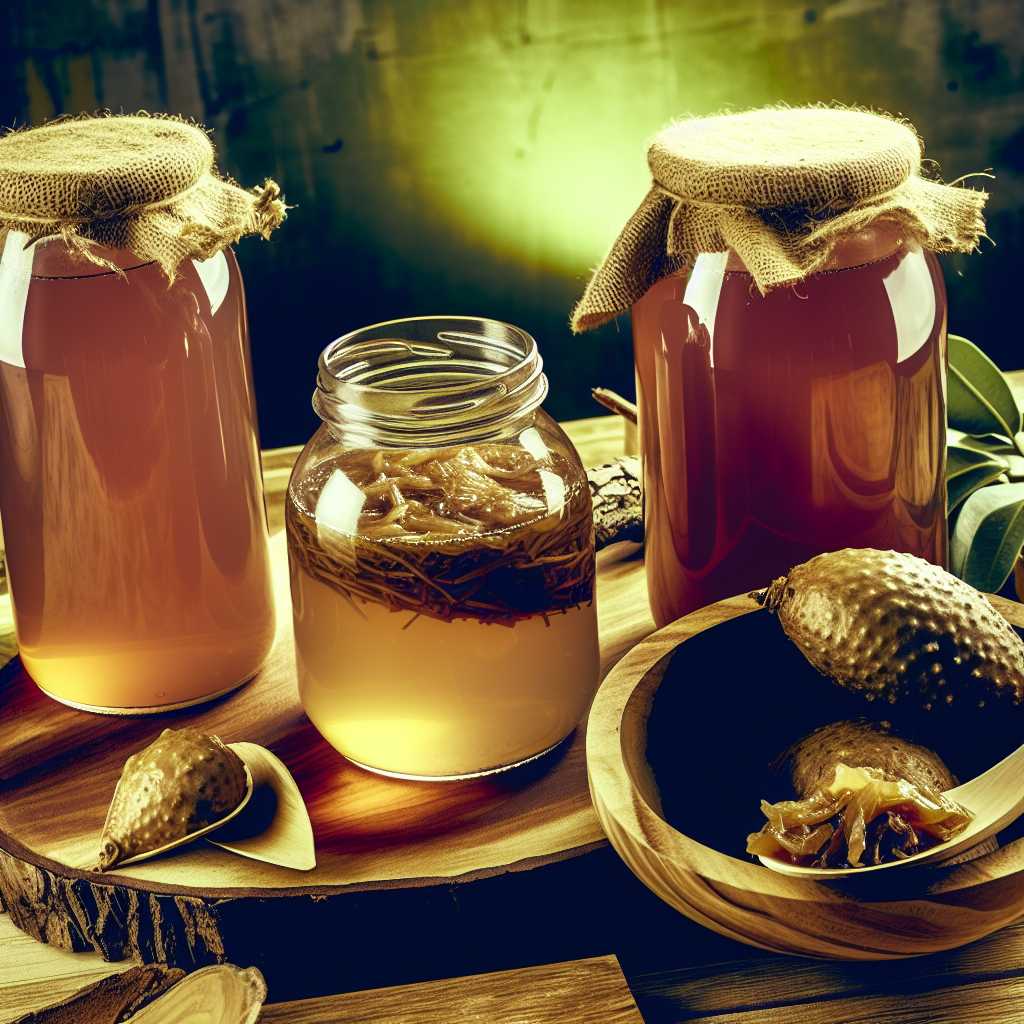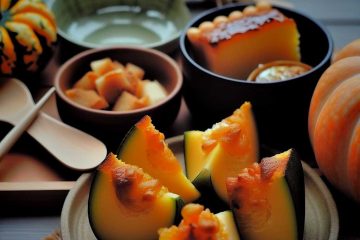Mastering the Art of Kombucha Making: A Comprehensive Recipe Book

Mastering the Art of Kombucha Making: A Comprehensive Recipe Book
Kombucha has been gaining popularity in recent years for its purported health benefits and refreshing taste. As a fermented tea beverage, kombucha is not only a delicious addition to any diet, but it also boasts a range of potential health benefits, including improved digestion, boosted immune system, and increased energy levels. With the numerous store-bought kombucha options available, many people have also taken to trying their hand at making their own at home, and for good reason. Making kombucha at home allows for endless flavor combinations, a more cost-effective option, and the satisfaction of creating a homemade fermented beverage.
Mastering the art of kombucha making requires a comprehensive understanding of the fermentation process, as well as the proper techniques and ingredients to achieve a delicious and balanced brew. In this comprehensive recipe book, we will cover everything you need to know to start making your own kombucha at home, including the equipment you’ll need, the step-by-step process for brewing, flavoring options, and troubleshooting tips to ensure success. By the end of this article, you will have all the knowledge and confidence to become a master kombucha maker in your own kitchen.
Getting Started: The Essential Equipment
Before diving into the kombucha-making process, it’s essential to gather the necessary equipment to ensure a successful brew. The primary items you’ll need include a large glass jar or vessel for fermenting, a fine-mesh strainer, a clean cloth or paper coffee filter, glass bottles for bottling, and a brewing vessel with a spigot for dispensing the finished kombucha.
It’s important to note that when making kombucha, it’s crucial to use non-reactive materials, such as glass, stainless steel, or food-grade plastic, to avoid any chemical reactions that could compromise the quality of the brew. Additionally, avoid using metal utensils or containers, as the acidity of the kombucha can cause a reaction with certain metals.
The Basic Recipe: Brewing Kombucha
The foundation of any great kombucha starts with a high-quality tea base and a living culture of bacteria and yeast, known as a SCOBY (symbiotic culture of bacteria and yeast). To begin the brewing process, you’ll need the following ingredients:
– 1 SCOBY
– 1 cup of starter tea (previously brewed kombucha)
– 3 ½ quarts of filtered water
– 1 cup of granulated sugar
– 4-5 bags of black, green, or white tea
To start, bring the water to a boil in a large pot and remove it from the heat. Add the tea bags and allow them to steep for 5-10 minutes before removing them from the water. Once the tea has cooled to room temperature, stir in the sugar until completely dissolved.
Next, transfer the sweetened tea to a clean glass jar and add the SCOBY and starter tea. Cover the jar with a clean cloth or paper coffee filter and secure it with a rubber band to allow air flow while preventing any pests or dust from entering. Place the jar in a warm, dark area, ideally around 75-85°F, and let it ferment for 7-10 days, depending on your desired taste and strength. Throughout the fermentation process, it’s important to monitor the kombucha for any signs of mold, off-putting smells, or unusual discoloration, which could indicate a problem with the brew.
Flavoring and Bottling
Once the fermentation process is complete, it’s time to flavor and bottle your kombucha. The beauty of making kombucha at home is the endless flavor combinations you can experiment with. Whether you prefer fruity, herbal, or spicy flavors, there’s a wide range of options to suit your taste preferences.
To start the flavoring process, carefully remove the SCOBY from the kombucha and transfer it to a new jar along with 1 cup of the finished kombucha to use as a starter for your next batch. With the remaining kombucha, you can add fruits, herbs, spices, or other flavorings of your choice. Common flavoring options include berries, ginger, lemon, mint, or a blend of your favorite fruits and herbs.
After adding the flavorings, let the kombucha sit for an additional 1-3 days to allow the flavors to infuse, then strain the kombucha through a fine-mesh strainer to remove any solids. Transfer the flavored kombucha to clean glass bottles with a tight-fitting lid, leaving a small amount of space at the top for carbonation to build. Seal the bottles and let them sit at room temperature for an additional 1-3 days to carbonate, then transfer them to the refrigerator to halt the fermentation process.
Troubleshooting Tips for Successful Kombucha Making
While making kombucha at home can be a rewarding and enjoyable process, it’s not uncommon to encounter the occasional issue along the way. Here are some common troubleshooting tips to help ensure a successful batch of kombucha every time:
– Mold: If you notice any patches of fuzzy mold growing on the surface of the kombucha, discard the entire batch, including the SCOBY and starter tea. Mold contamination can occur if the brew is exposed to airborne contaminants or if proper hygiene practices are not followed.
– Unpleasant Odor: If your finished kombucha has an off-putting smell resembling vinegar or nail polish remover, it’s likely that the brew has over-fermented. Taste the kombucha, and if the flavor is also unpleasantly acidic, it’s best to start fresh with a new batch.
– Slow Fermentation: If your kombucha is taking longer than expected to ferment, ensure that the brewing environment is at the optimal temperature range of 75-85°F. Cooler temperatures can slow down the fermentation process and affect the overall flavor and strength of the brew.
Mastering the Art of Kombucha Making: Conclusion
With the rise in popularity of kombucha, more and more people are turning to making their own at home, and for good reason. Learning the art of kombucha making not only provides a cost-effective and customizable option for enjoying this beloved beverage, but it also allows for a deeper connection to the fermentation process and the satisfaction of creating something from scratch.
By following our comprehensive recipe book and mastering the techniques and tips provided, you can become a skilled kombucha maker in your own kitchen. From choosing the right equipment and ingredients to understanding the fermentation process and troubleshooting any issues that may arise, you’ll have all the knowledge and confidence to embark on your own kombucha-making journey.
So, gather your supplies, get creative with your flavor combinations, and start brewing your own delicious and refreshing kombucha today. Cheers to your newfound mastery of the art of kombucha making!
[elementor-template id=”430″]
[elementor-template id=”433″]




0 Comments